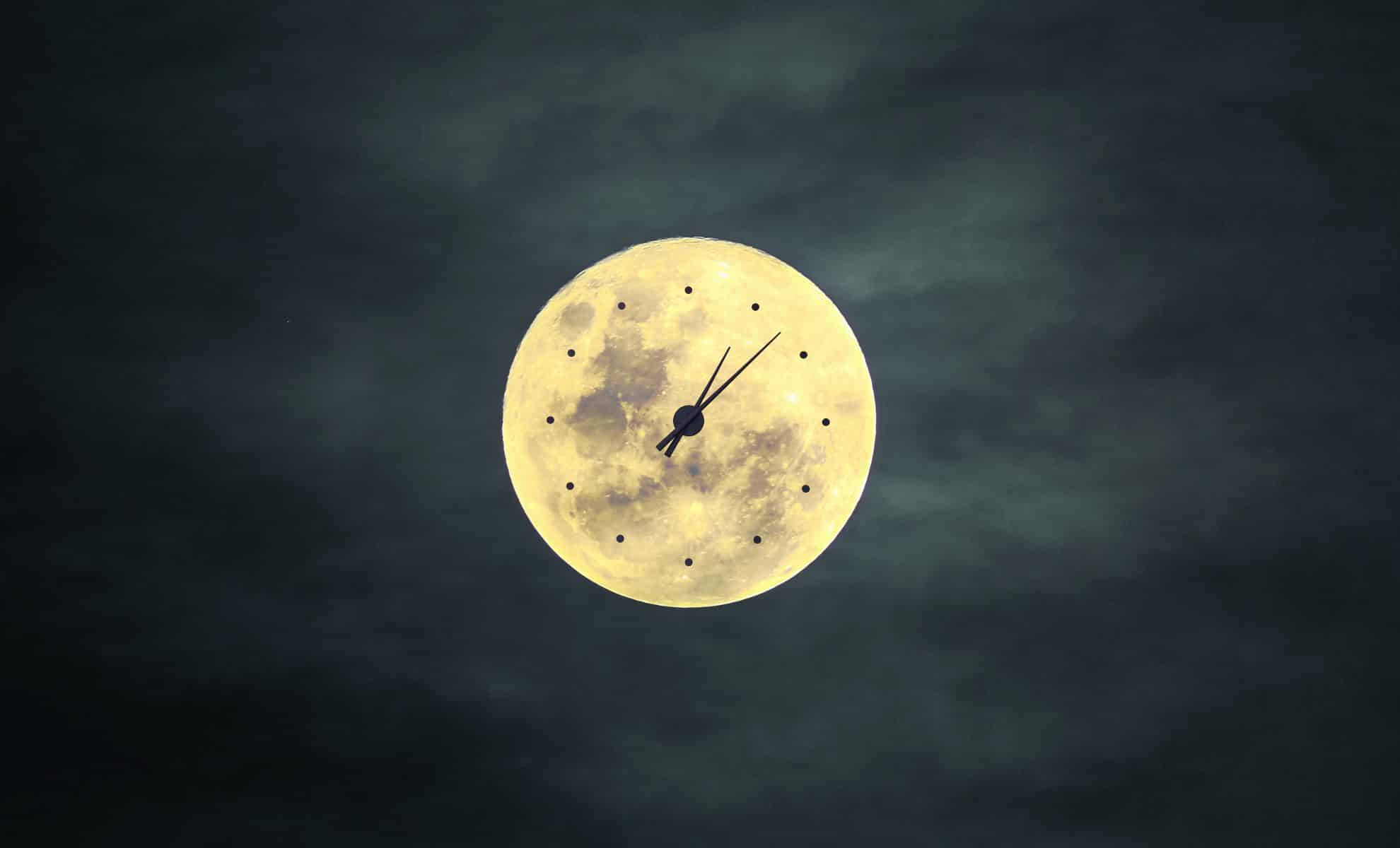Recent studies have provided detailed insight into how time flows differently on the Moon than on Earth. This is an important discovery for future lunar missions.
This difference in time, however small, has important consequences for navigation, communications and activities on the Moon.
Understanding Time Dilation on the Moon
Since astronauts last visited the lunar surface 52 years ago, time has been ticking faster on the moon than on Earth. According to a new study by NASA scientistsTime on the Moon is about 57 millionths (0.0000575) of a second ahead of Earth time each day.
Over a long period of time, this discrepancy adds up; after 274 years, for example, a person on the Moon would age 5.75 seconds more than someone on Earth. Slava Turyshev, a physicist at NASA’s Jet Propulsion Laboratoryled the research and emphasized the importance of these calculations: “Someone needs to sit down and do the math.”
This phenomenon is the result of Einstein’s general theory of relativitywhich explains how gravity can influence the passage of time. The Moon’s weaker gravity, one-sixth that of Earth’s, causes time to pass slightly faster there. With the upcoming Artemis missions aiming to establish a sustainable human presence on the Moon, understanding and explaining this time dilation is crucial.
Cheryl Gramling, a navigation systems engineer at NASA’s Goddard Space Flight Centeremphasized the need for precision: “If you’re trying to navigate or land on the Moon and avoid dangerous areas, that precision matters.”
Implications for future lunar missions
The practical applications of this knowledge are important for future lunar missions. Accurate timing is essential for navigation, communication and coordination of activities on the moonNASA and other U.S. agencies are currently working to establish a uniform time reference system for the moon, a task that has become more urgent with plans to return astronauts to the lunar surface by 2026. “Establishing a standardized lunar time is essential for synchronizing activities and operations on the moon,” according to a new paper posted to the pre-print server arXiv.
The calculations Turyshev and his team performed involved comparing the relative speeds of time on Earth, the moonand the The barycenter of the solar systemthe common center of mass around which the sun, planets and their satellites orbit. This comprehensive approach will help ensure that future missions can be coordinated effectively, conflicts avoided and cooperation improved. Arati Prabhakar, assistant to the president for science and technology, emphasized the importance of this work: “Precision applications such as docking or landing spacecraft require greater accuracy than current methods allow.”
Determining coordinated lunar time
The need for a coordinated lunar system is further underscored by the challenges posed by the The moon has 29.5 Earth days. Current missions use the time zone of the vessel’s country of origin, which is not sustainable for long-term operations where multiple countries, rovers and orbiters.
A common time reference will facilitate reliable data transmission and reception, allowing autonomous systems to function seamlessly. The report explains: “For missions involving multiple landers, rovers and orbiters, a common time reference will ensure that all units can coordinate effectively, avoiding conflicts and improving cooperation.”
The findings of these studies will need to be confirmed by international bodies such as the International Bureau of Weights and Measures and the International Astronomical Unionwho plan to meet in August to discuss the final definition of lunar time. As humanity prepares to set up bases on the Moon and MarsThis research provides a foundation for creating a standardized time system to support the complex operations required for sustained lunar exploration.
The accurate calculation of time dilation on the moon is a crucial step in preparing for future lunar missions. By establishing a coordinated lunar time system, NASA and other space agencies can ensure the success of their missions by enabling precise navigation, communication and collaboration on the lunar surface.
As Turyshev aptly noted, “If we do not take into account the discrepancy between a transmitter clock on Earth and the way it is perceived by a receiver on the Moon, it will result in a range determination error.” This research not only increases our understanding of time dilation, but also emphasizes the importance of careful planning and coordination in space exploration.
